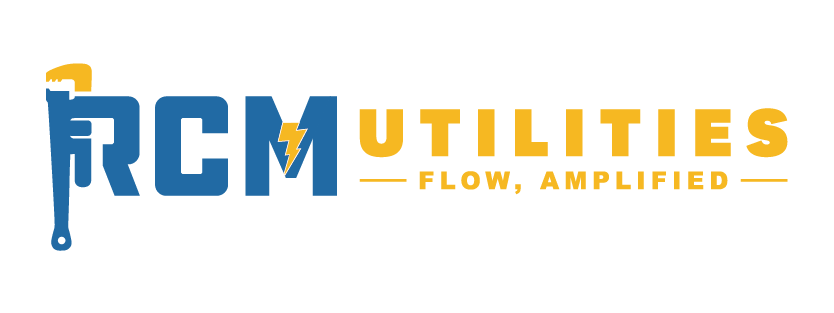Sewer Smoke Testing
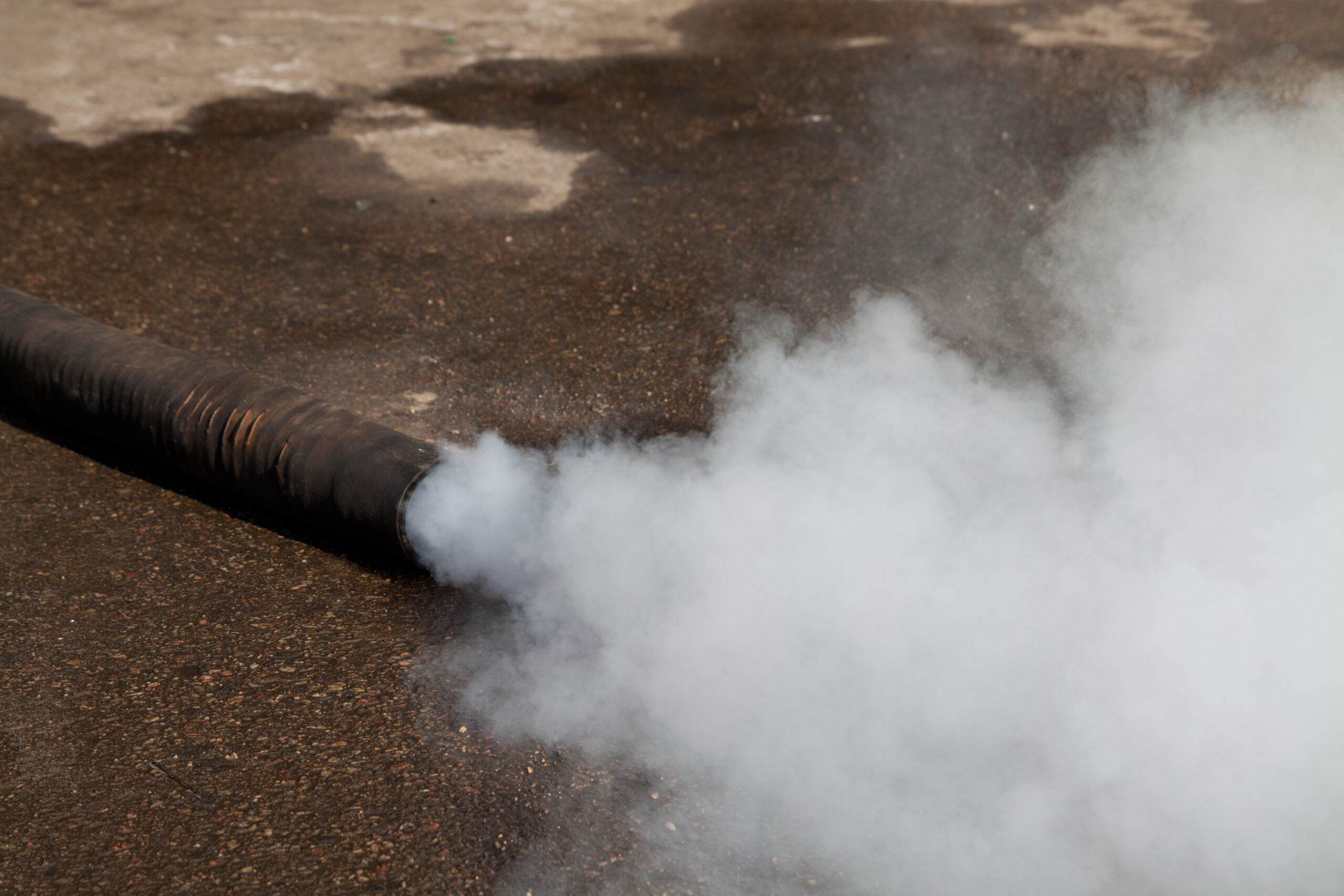
Comprehensive Sewer Smoke Testing Services: Detecting Leaks and Infiltration
PLEASE INQUIRE ABOUT FLORIDA RULE 62 600 705 2 REQUIRING SYSTEM SMOKE TESTING OR CCTV INSPECTIONS
Sanitary sewer smoke testing is one of the best and most cost effective ways to locate defects in the main and lateral sewer lines. This is why many cities and municipalities implement sanitary smoke testing are their method to assess the sewer system. Smoke testing identifies problems in all of the connected lines even in sections that were not known to exist. Although video inspection and other techniques are proven to be useful, there are times when research has shown that more than half of all stormwater actually flows in from somewhere other than the main line. With sanitary smoke testing, smoke travels through the system, locating and identifying problems in all of the lines. Experts recommend this to be done when the weather is dry, this allows smoke to travel to the surface. It is also a relatively simple process that consists of blowing smoke mixed with a large amount of air into the sanitary sewer line through a manhole.
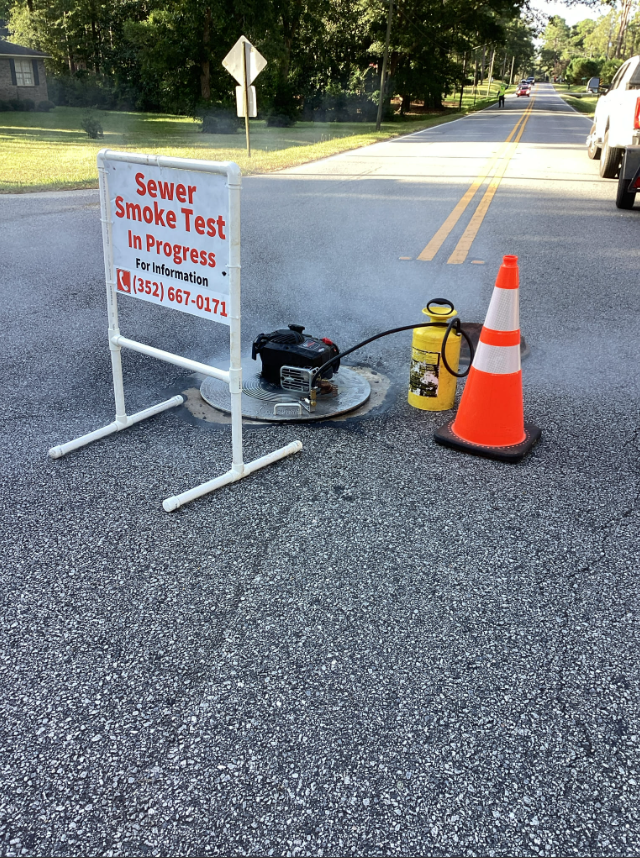
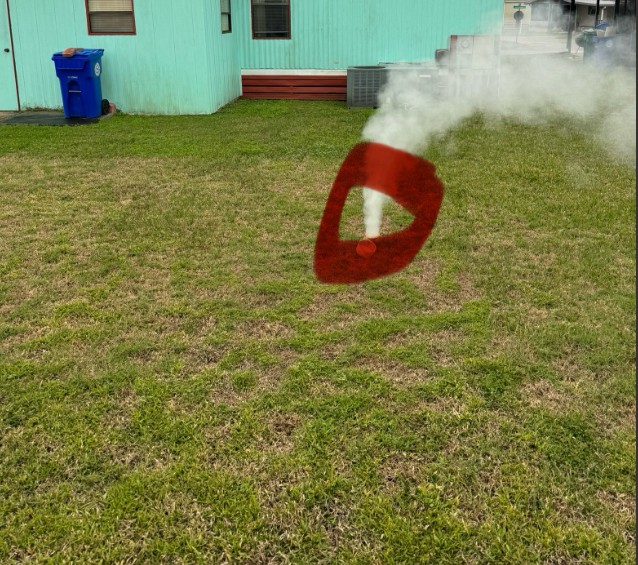
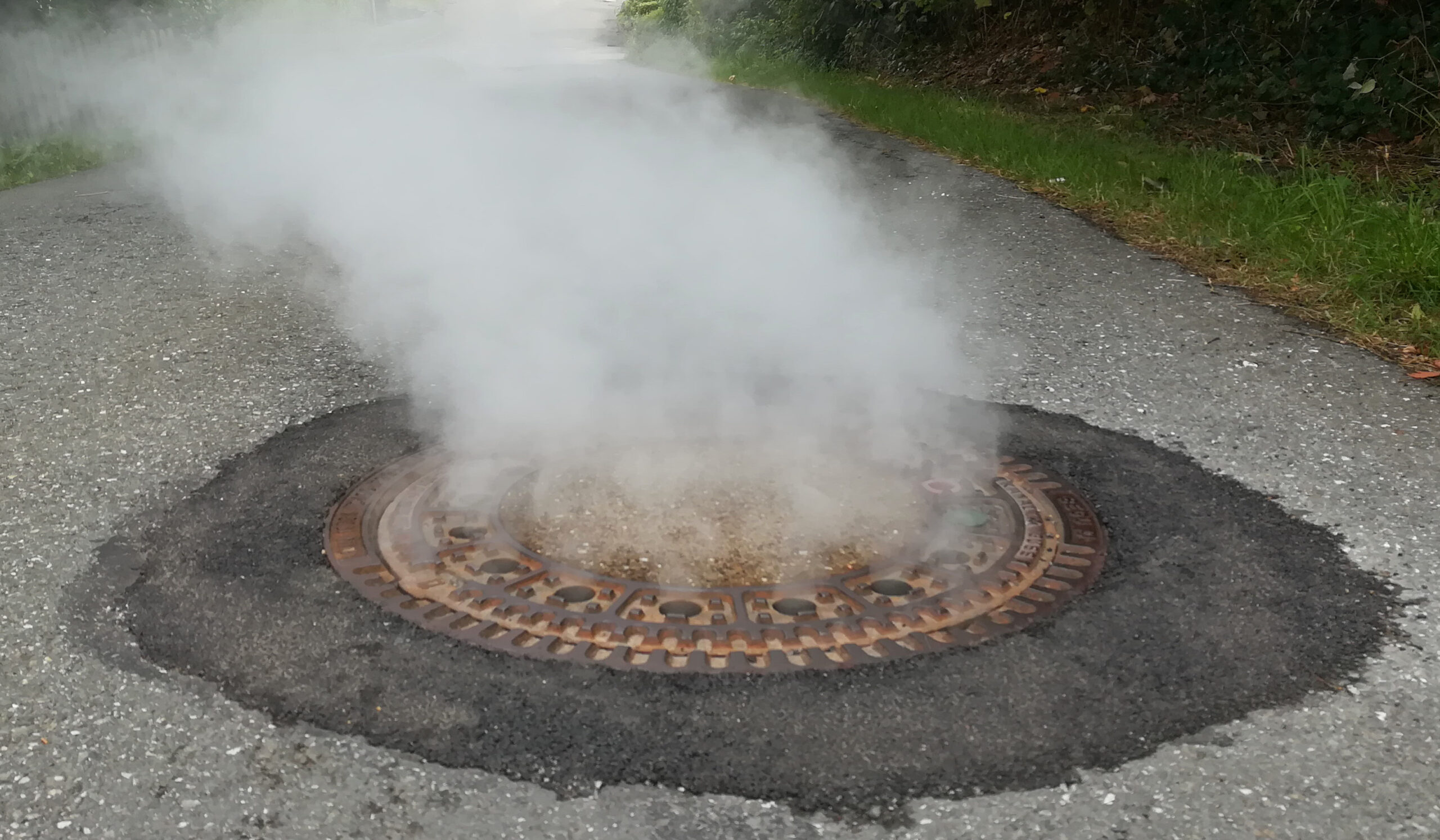
FAQ's
Q) How does smoke testing work?
A) Field crews blow air and smoke into the sanitary sewer system in the street and monitor where smoke escapes the system. The smoke under pressure will fill the main line as well as any connections and then follow the path of any leak to the ground surface, quickly revealing the source of the problem.
Q) What are the benefits of smoke testing?
A) Smoke testing is the most efficient and cost effective way to locate and identify where unauthorized water is entering the public portion of the sewer system, and find areas of the sewer system that need improvement. Smoke testing is becoming a requirement nationwide for locating unauthorized water problems that are threatening the ability to properly treat wastewater.
Q) How long will it take?
A) While crews might be in your area for a few hours, each actual smoke test setup takes approximately 15 minutes to complete. Most houses will only be within the testing area for one or two tests.
Q) What should I do if smoke gets into the house?
A) Do Not Become Alarmed. Open windows to allow ventilation and note the location of the smoke emission. Smoke will clear within a few minutes. Exit the building and notify smoke testing personnel in the area. If you have any doubt as to the source of the smoke in your home or yard, phone 911 immediately.
Q) If the smoke is not harmful, why do you recommend evacuating the structure?
A) Evacuating is a precautionary measure in case the smoke is due to a real fire rather than a test, and since smoke in your house from this test indicates other sewer gases may also be entering the building.
Q) What should I do if I have emphysema or respiratory problems? Is the smoke harmful?
A) Although the smoke is considered to have no adverse health effects, individuals with respiratory conditions should take special precautions. Smoke rarely enters a home, but you could sit outside for the duration of the smoke test (20 min). If you cannot sit outside, open the windows and shut your bathroom doors. Also, tell the crewmember who knocks on your door that you have a respiratory condition.
Q) I am a pet owner and I will not be at home during the testing. Should I be concerned?
A) The smoke is not harmful to pets. As long as windows are left open, any smoke that enters the building will dissipate in a few minutes.
Q) What does it mean if smoke enters my house?
A) If smoke enters your home during the test, it may indicate there are deficiencies in the plumbing that may allow potentially dangerous sewer gases to enter. Plumbing fixtures in your home or business are connected to the sanitary sewer, therefore there is potential for smoke to enter if the drains are not connected properly. This happens particularly under the following circumstances:
– The vents connected to your building s sewer pipes are inadequate, defective, or improperly installed.
– The traps under sinks, tubs, basins, etc. are dry, defective, or improperly installed.
– The pipes, connections, or seals in the wastewater drain system in and/or under your building are damaged, defective, have plugs missing, or are improperly installed.
– Simply run water down the drain for a minute to ensure that the trap is not dry. It is important to locate dry traps as they could allow sewer gases to enter the home.
Q) Can the smoke testing activate the smoke alarms?
A) Yes, smoke alarms may activate during smoke testing. If possible, open windows and/or doors for ventilation. If you have any doubts about the origin of the smoke, please call 911.
